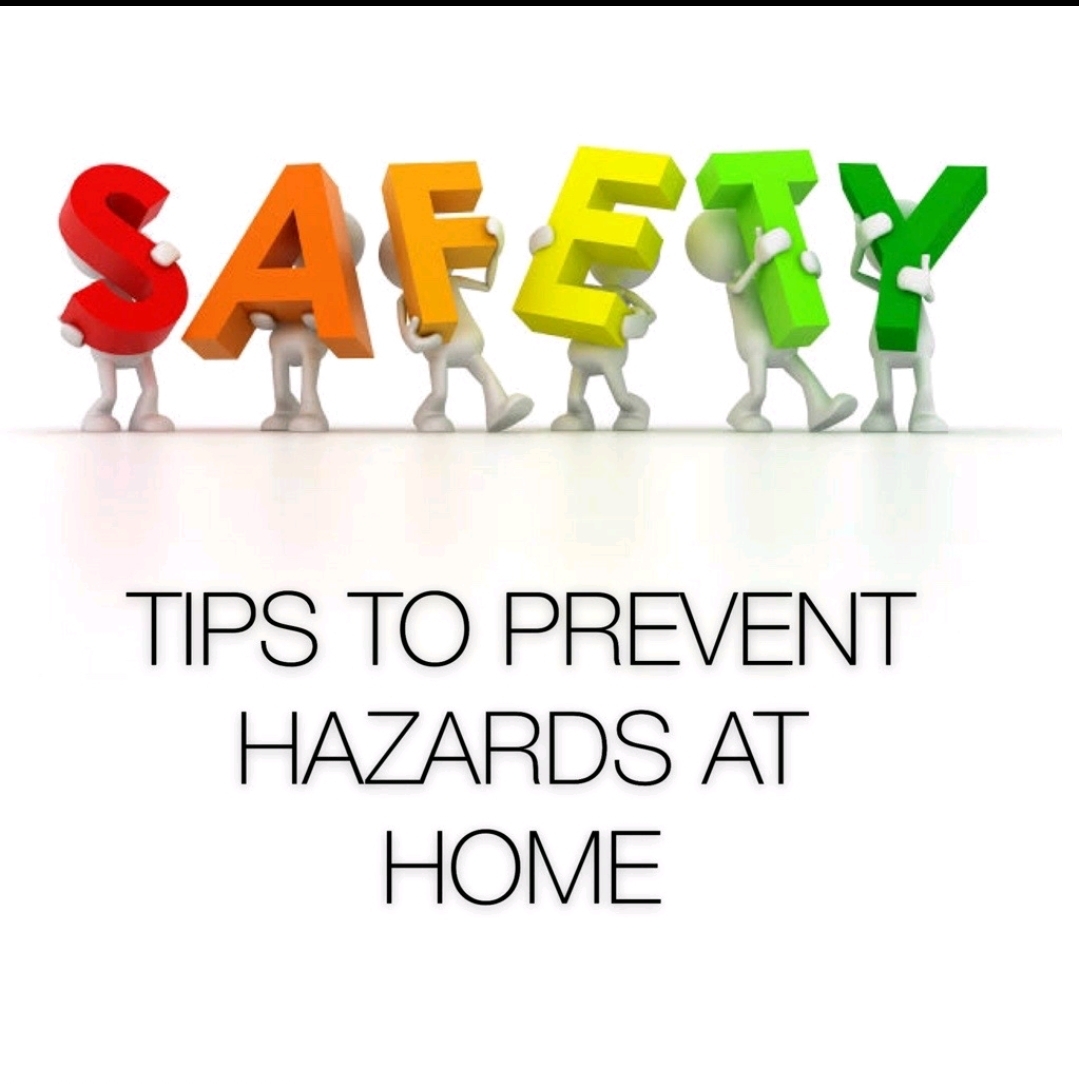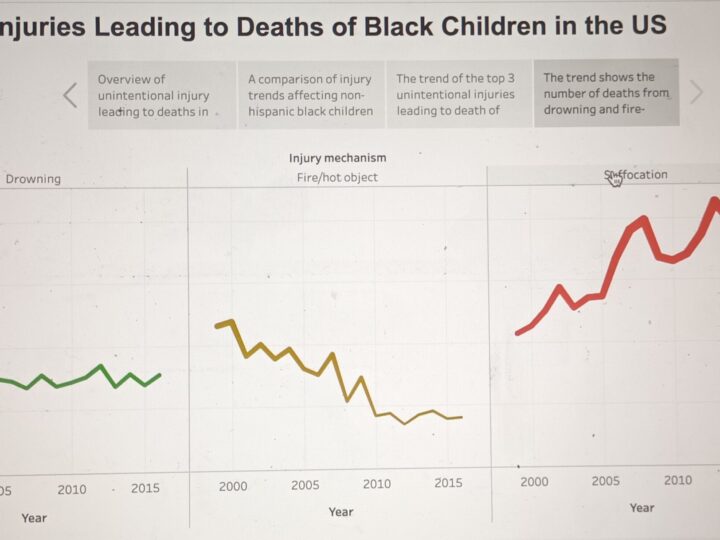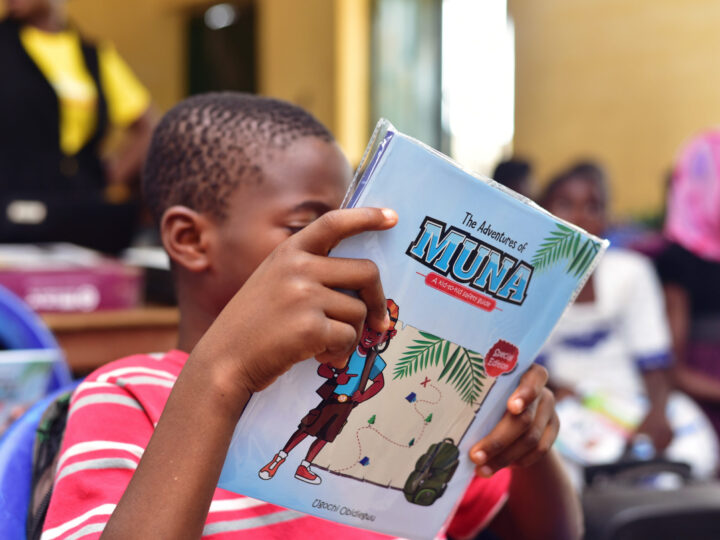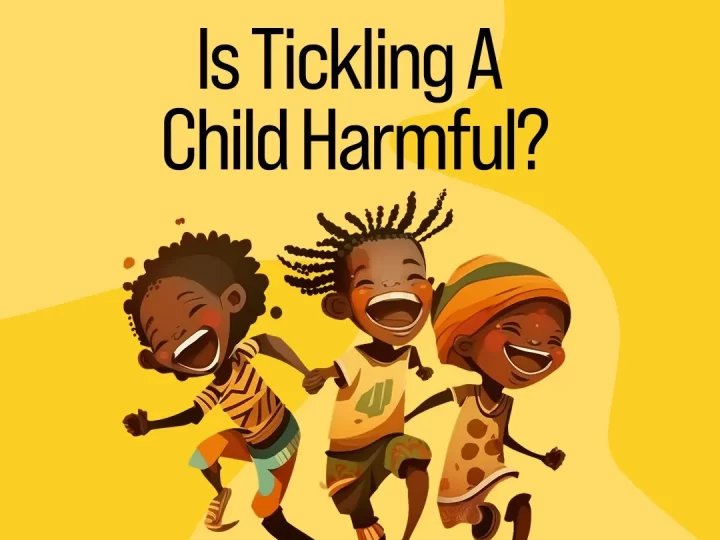
Hazard is anything that has the potential to cause harm, injury or loss. We ought to understand that 90% of accidents are avoidable. Also, workplaces and homes do not cause accidents, people do. Preschoolers especially are top explorers who are usually curious and excited about everything they see owing to the fact that they do not understand what danger means. They often take their parents or caregivers by surprise by a sudden trait development (For example, climbing heights). Therefore, the need to prevent hazards that might lead to accidents is needed in the home too and not just work place.
The tips are as follows:
- Good housekeeping
Proper housekeeping helps to prevent danger in the home. When the house is properly organised, the risk of fall, trips and slips can be eliminated. Some basic housekeeping practices include:
- Keep cleaning products, electrical gadgets including batteries and household appliances out of sight for children especially the preschoolers.
- Keep the floor dry to prevent slips and falls especially in the bathroom and kitchen.
- Avoid opening windows and balconies in order to prevent fall from heights.
- Turn off all gas stoves before leaving the kitchen to avoid fire outbreak.
- Avoid objects littered all over the house especially toys as it can choke children once they stuff it in their mouth.
- Do not put children’s crib or bed close to the window or leave ropes hanging as they could climb the window and fall or choke themselves.
2. Parental Guidance
This involves guiding one’s child by explaining the reasons for actions and decisions. This is done by closely monitoring changes of behavior of children especially those of the school age. Children have various ways of learning especially from what they see. Parental guidance is very important as it helps to mold and shape a child’s future.
- For example, the use of punishment and reward for children enhances the knowledge of good and bad as it also boosts a child’s ability and strength.
- Restricting children of the school age who are perceived to be active and fast learners from watching some sports and movies can also help mold their behaviors. Sports like wrestling and movies about suicide and violence should be avoided
3. Child proofing
The act of making an environment or object safe for children. The aim of child proofing is to make the house safe thereby reaching a zero hazard or accident level for children in the house. This applies to preschoolers and one of the ways children develop socially, emotionally and cognitively is through play. Understandably, adults often restrict children’s play to safe indoor spaces where they are very unlikely to be injured. Before that, children played outdoor, often unsupervised for many hours. If children are to be allowed, the freedom to play outdoor again and gain all the social, emotional and physical benefits this brings, then they need to play in a safe environmental condition.
- Children should wear helmets when skating or riding bikes.
- The use of barricades around a pool to avoid drowning.
- The use of door latch to secure the door is properly shut.
- Cover all electrical fittings. Children watch their caregivers/parents charge their electrical gadgets everyday, so they might want to try the same thing.
- Avoid using furniture with sharp edges and also ensure that they are in stable condition.
- Play pens and baby carriers should also be used in order to restrict their movement.
Parents/ caregivers should make sure children are not out of sight or left alone when playing. Therefore, strict supervision is to be ensured for children to avoid hazards around the house. Though, there are other ways of preventing hazards in the house but these are the common tips caregivers or parents should pay attention to.
Written by Oladiran Ifedolapo.D




